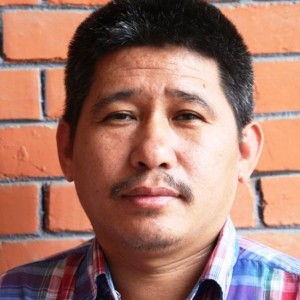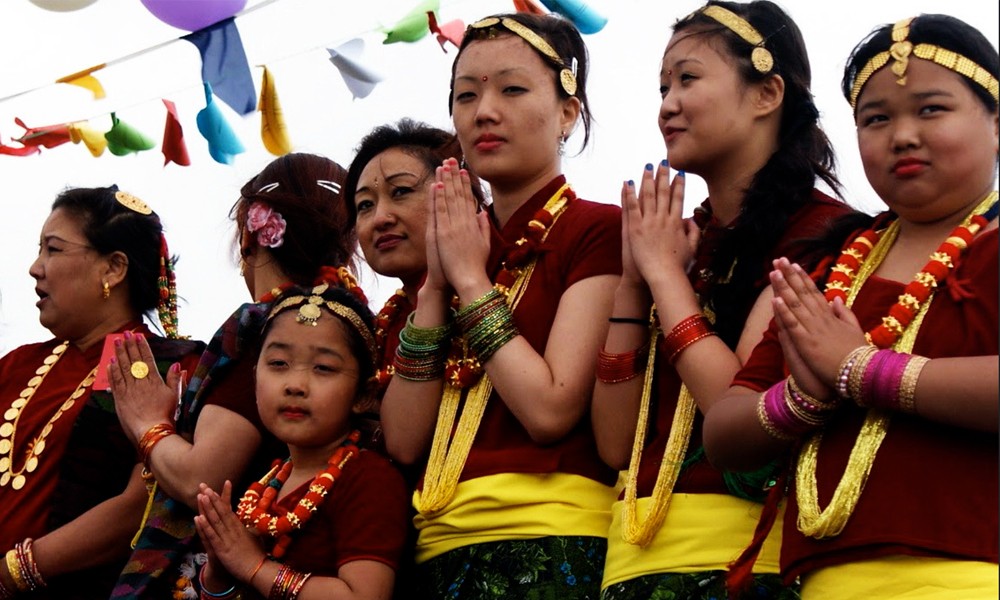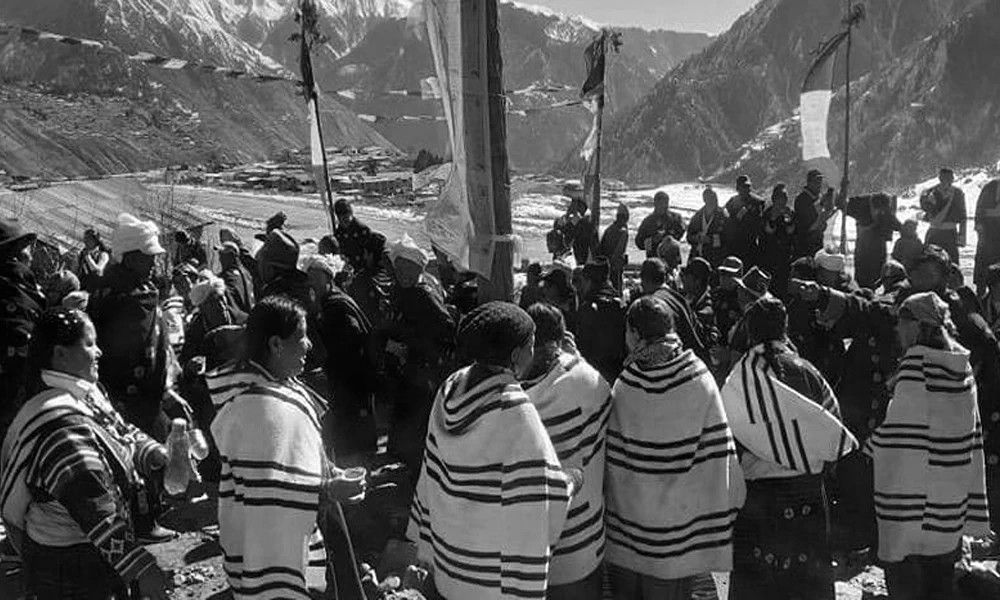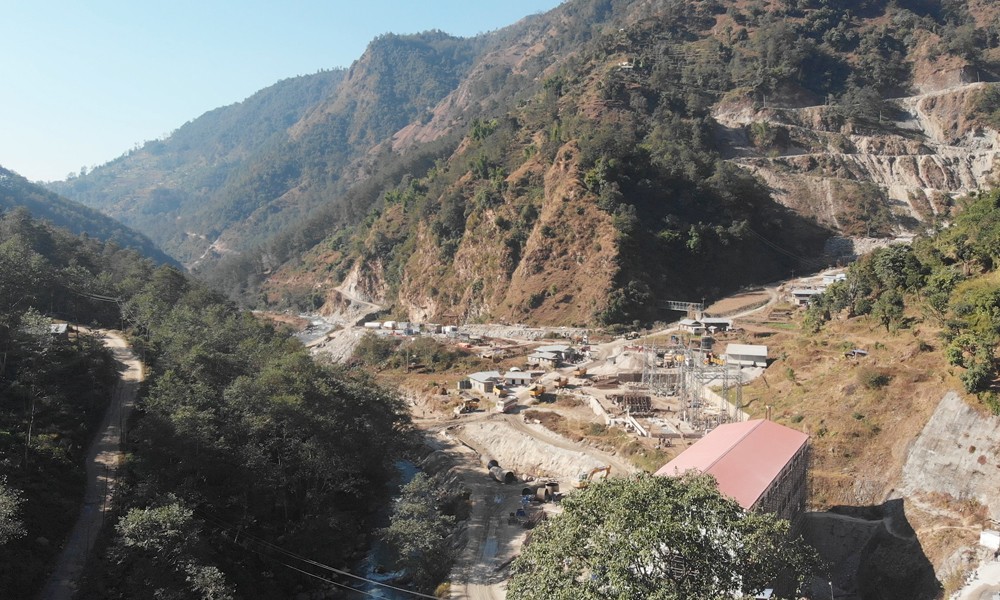Adivasi Janajatis, Madhesis and Muslims are not happy with Nepal's new constitution. At a time cadres and supporters of three major political parties are celebrating the new constitution, all ethnic groups are rising up against it. Rais and Limbus in the east, Tamang, Magar and Gurung in the central hills and Sherpas in the mountains are joining protest movements. Tharus and Madhesis were already up in arms.
This shows the new constitution is not the logical conclusion of the peace process that began with the end of the Maoist war. Writing a new constitution through the Constituent Assembly (CA) was a great opportunity to adopt an inclusive and progressive constitution, make the excluded communities feel part of the state and promote peace, prosperity, harmony and political stability. Alas, it has turned out to be just continuation of dominance of the Khas/Arya rulers. This is why the new constitution is already a failure.
The new constitution is progressive just in the sense that it was written and endorsed by people's elected representatives. But it has failed to be a progressive document owing to multiple reasons. Some of these reasons have been outlined in this article.
At a time cadres and supporters of three major political parties are celebrating the new constitution, all ethnic groups are rising up against it. Rais and Limbus in the east, Tamang, Magar and Gurung in the central hills and Sherpas in the mountains are joining protest movements. Tharus and Madhesis were already up in arms.
New men, same attitude
Nepal's constitutions have always been scripted by a few elite Khas Brahmin men. In 1990, the constitution was promulgated by the king but it was written by a panel led by a high-caste Bahun, Bishwo Nath Upadhyay. This time, Sushil Koirala, KP Oli and Pushpa Kamal Dahal drafted it. They are new men, but their mentality is not different from Upadhayay's. People's elected assembly was reduced to a rubber stamp.
Half-baked federalism
State restructuring was the major agenda of the constitution writing process. The marginalized people wanted Nepal's transformation from a unitary state to a federal state. Simply put, they wanted devolution of power so that village councils could do what the Singha Darabar does. Federalism was a means to achieve such power devolution. The constitution promised seven provinces, but did not name them.
Writing a new constitution through the Constituent Assembly (CA) was a great opportunity to adopt an inclusive and progressive constitution, make the excluded communities feel part of the state and promote peace, prosperity, harmony and political stability. Alas, it has turned out to be just continuation of dominance of the Khas/Arya rulers. This is why the new constitution is already a failure.
Tampering with ethnicclusters
While demarcating federal provinces, traditional ethnic clusters have been broken. It is a ploy to annihilate collective identity of Adivasi Janajatis. Tharus are Indigenous People, but the constitution has inexplicably defined them as a separate community. And, a special definition of Khas Arya community reeks of conspiracy against identity of Adivasi Janjatis.
Incomplete secularism
The new constitution has failed to ensure full secularism. Secularism means separation of religion from the state. But this constitution, as if in a Hindu kingdom, stipulates that it will preserve ancient Hindu religion and religious practices.
Discrimination against mother tongues
Agreed, the new constitution has recognized various mother tongues and contains provisions for using mother tongues as official languages in provinces. But it is not compulsory. And the constitution has not ensured mother tongue speaking Indigenous People's rights to get information regarding legal trials in their own mother tongues. Many Indigenous People can argue well only in their mother tongues, but there is no constitutional provision for them to do so in the constitution.
Rejection of collecting human rights
The new constitution has not accepted the concept of collecting human rights. It has not recognized traditional organizations of Indigenous Peoples.
Perfunctory inclusion
Despite accepting principles of inclusion and proportional representation, the new constitution has not ensured representation in proportion to population. It is against the past agreements with the government. It will keep the marginalized communities under-represented as in the past.
Despite accepting principles of inclusion and proportional representation, the new constitution has not ensured representation in proportion to population. It is against the past agreements with the government. It will keep the marginalized communities under-represented as in the past.
Election system
Election system adopted by the new constitution will not ensure participation of indigenous people incapable of contesting and winning elections.
Lack of clarity about autonomy
Federal provinces are needed for the purpose of autonomy. But the constitution is unclear about the level of autonomy the people will get in their respective provinces.
Naming and demarcation at local level
The new constitution has divided administration at three levels: central, federal and local. But it lacks clear provisions for forming and operating village and municipal councils.
Naming and demarcation at local level
The new constitution has overlooked the role of population density in determining electoral constituencies. It will keep the Madhesis whose density is high in the Tarai under-represented in national assemblies.










